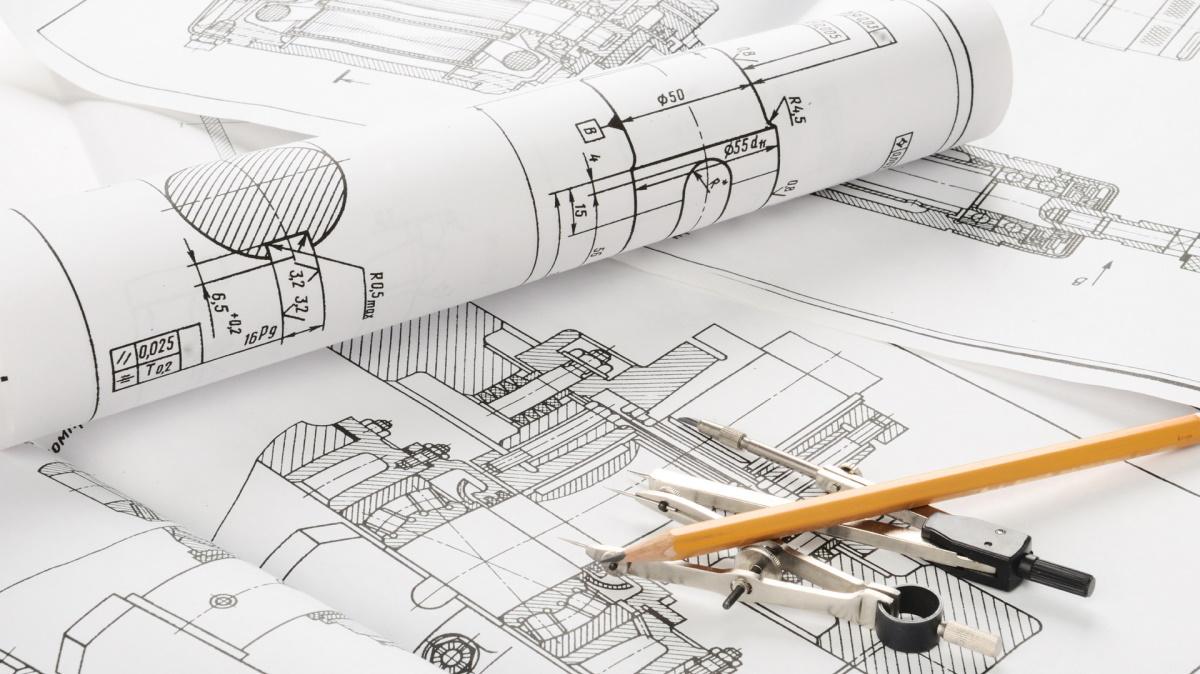Industrial extraction systems: their importance and how to choose them
Choosing the right industrial extraction system is not easy, in this article we are going to explain how to make the right choice
Are you looking for a system for the extraction and treatment of air pollutants emitted by your production plant, but you don’t know where to start? Don’t worry, this guide will provide you with an overview of the factors to be considered in order to make the right choice! Let’s start from the basics: why is it necessary to be equipped with industrial extraction systems?
Industrial extraction systems: why are they so important?
Many production processes involve the emission of pollutants such as dust, VOCs, odours, oil mists and fumes that quickly disperse in the workplace, putting the health of operators and the external environment at risk. These important aspects are governed by two Italian laws:
- Legislative Decree no. 81/2008 (Title IX Art.221), which aims to ensure the health and safety of workers by establishing the fundamental regulations for the prevention of accidents at work and of occupational diseases;
- Legislative Decree no. 152/2006 which regulates environmental protection
Extraction and abatement systems protect the environment and defend the operators against the chemical hazard deriving from the pollutants emitted during the ordinary production operations. Companies are therefore required to carry out special analyses in order to verify whether the emissions are above or below the limits set by the regulations in force and to comply with the workers’ exposure limits (TLV – Threshold Limit Value) to airborne substances. These limits include:
- TWA (Time Weighted Average): average exposure calculated over 8-hour working days and a 40-hour working week;
- STEL (Short-Term Exposure Limit): maximum concentration to which a worker can be exposed in a short period of time (15 minutes). This exposure can’t be repeated more than four times a day and at least one-hour interval must be ensured between consecutive exposures;
- C (Ceiling), concentration value which must never be exceeded during the working period.
Being equipped with industrial extraction systems is therefore fundamental to capture harmful substances directly at the source, thus preventing operators from breathing them in, and to abate them before their emission into the atmosphere!
Initial remarks about the choice
In order to choose the technological equipment that suits your needs, it is first necessary to analyse the production process, identifying the emission sources, the types of pollutants and their characteristics.
This step is essential to design and determine the dimensions of the industrial extraction and abatement systems, the process of which consists of three stages:
- Capture of pollutants from workstations. It is carried out by means of special components (hoods, arms, etc.) which capture the pollutant directly at its source, thus safeguarding the health of the operator and the internal environment. For more information on this aspect, we recommend reading our article “Design of industrial systems for the abatement of air pollutants”;

- Conveyance of the air flow through pipes specifically designed in terms of route and materials used;
- Filtration/abatement of pollutants through technologies sized according to the characteristics of the air flow and the substances contained in it
Industrial abatement systems: the available technologies
As regards the pollutant filtration/abatement stage, it must be specified that many different technologies are available and that they can be divided depending on the pollutants to be treated. Let’s examine them together:
- Dusts: filtered or separated by means of bag and cartridge filters (also available in ATEX version), cyclones and multi-cyclones;
- VOCs – Solvents: abated by means of activated carbon adsorber (also available in ATEX version), scrubbers and oxidizers;
- Oil mist: treated with coalescence filters;
- Odours: abated by means of activated carbon purifiers, scrubbers, oxidizers, biofilters and cold plasma technology;
- Fumes: they can be treated with multi-cyclones, scrubbers and bag filters in biomass version
Energy and environmental efficiency
Up to now we have provided an overview of the air pollutant suction and abatement systems, but there is still an important aspect to consider: energy efficiency!
Industrial extraction systems must be designed and sized based on the real needs of the production process: if the system is oversized, it leads to high energy consumption, while if it is undersized, it doesn’t carry out its functions properly and it doesn’t protect the operators and the environment.
It is therefore essential to design the system taking into account the current needs of the production process, the future growth forecasts and the quantity of operating machines working at the same time.
Industrial extraction systems: maintenance and final remarks
As we have seen in this and in the previous article (Design of industrial systems for the abatement of air pollutants), the choice of the system that best suits your needs is not easy, since many different technologies are available and many design aspects must be taken into consideration.
For this reason, it is important to rely on qualified companies that are able to:
- design and install the most suitable system for your needs;
- provide assistance at all stages of the purchasing process, including the after-sale service
The latter also includes ordinary and extraordinary maintenance services which allow you to monitor the operating state of the system and to remove any inefficiencies.
While choosing your system for the extraction and abatement of air pollutants, don’t rely on chance, rely on professionals! Contact us to arrange a site inspection with no obligation!